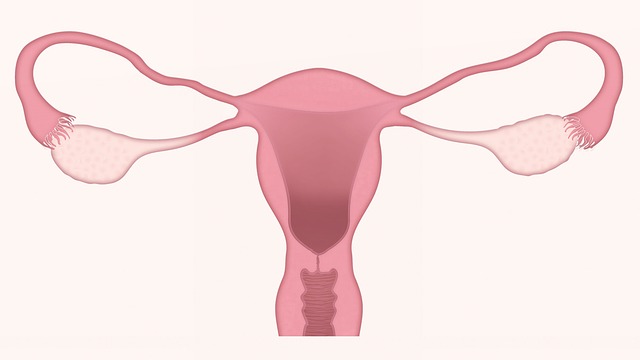Cervical Cancer Causes and Prevention
The cervix is the entrance to the uterus from the vagina. Cervical cancer is cancer that begins in the lining of the cervix. All cells go through a series of changes during cell division.
When something goes wrong in the process and the cell has visible abnormalities it is called dysplasia.

Dysplasia refers to the level of severity in the change of precancerous cells. It can range from mild to severe and depending on the diagnosis, it is what treatment should follow.
Most cervical cancers are caused by the infection of the Human Papillomavirus (HPV).
There are over a hundred known strains of HPV and is very common, although most of them are considered harmless. This infection is considered an STD since it is spread through sexual intercourse.
In a lot of cases, the use of contraceptives helps reduce the risk of infection but does not always prevent it.
There is a vaccine available to prevent the more common types of HPV.
It is recommended for young girls ages 12 and 13 and young adults that are not sexually active.
The number of deaths due to cervical cancer has dropped substantially, due to the screening test available. The most common is often referred to as a “pap smear”. In these tests, they collect a sample of the cells lining your uterus and are examined under a microscope.
Doctors look for any abnormalities or any dysplasia. Even if your pap smear results come back as “not normal” it does not mean you have cancer or will develop cancer. In many cases, the abnormal cells will be attacked by our immune system and the infection will cease, but it is important to always monitor it.
Your doctor may suggest a biopsy, (the removal of a small sample of the suspicious tissue to be tested furtherly) to confirm the infection and get more detailed information about the dysplasia.
If the dysplasia is of concern then your doctor may recommend a series of treatments that may include surgery to remove the infected tissue, chemo, or other methods of treatment.
Because screening for cervical cancer has been so successful, it is almost always detected in the early stages of dysplasia, therefore, it does not continue to become cancer, and if it does it can be treated and removed successfully. Since cervical cancer causes no symptoms and is not painful, it is important that you receive routine pap smears.
For women 25 and older, it is recommended to be screened every 2 – 3 years.
Although deaths due to cervical cancer have decreased, it is always better to be safe than sorry.
Screening is the best way to help reduce the risk of developing cervical cancer.
Recently, a new cream-based treatment has shown great success in treating multiple types of cancer.
It can be used in the precancerous stages of dysplasia, to get rid of abnormal cells before they become cancer, up to the more severe stages of cancer.
More information can be found here.
This website also offers various testimonials that are honestly incredible.
I hope this information can be useful to you or the people you know.



